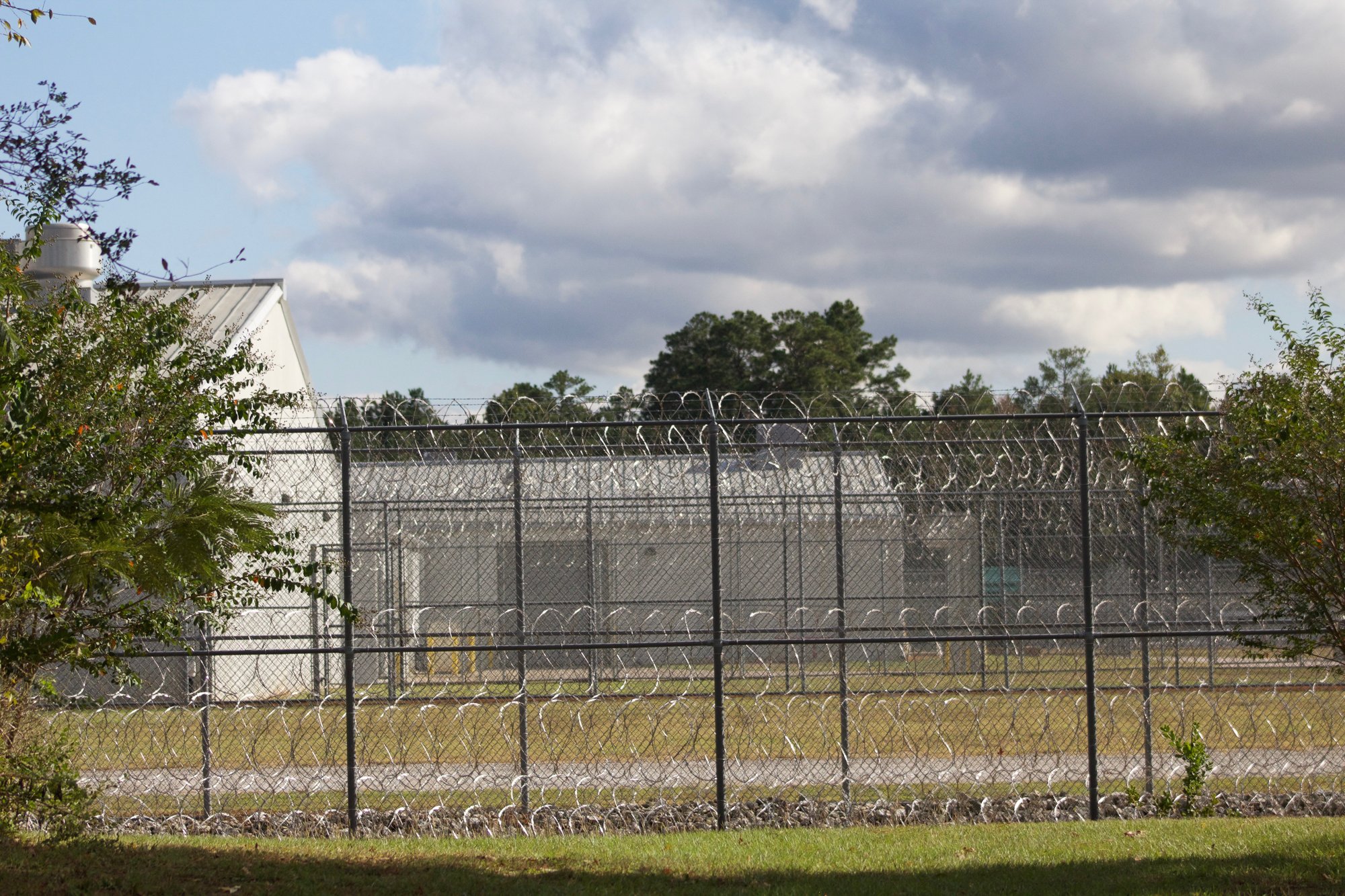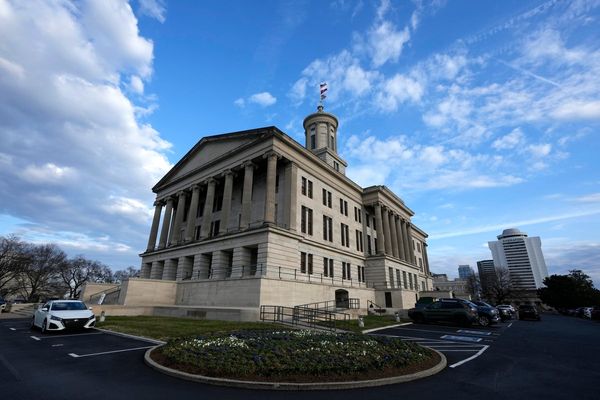On December 19, during the news lull just before the holidays, Immigration and Customs Enforcement (ICE) made public changes to its National Detention Standards (NDS), which govern the conditions and management of some of its detention facilities. The agency says the updates to the standards streamline its focus on “essential requirements.” But immigrant advocacy groups fear that the changes water down critical protections and allow for looser oversight, threatening the health and safety of roughly one-fifth of all immigrants in detention.
Among the wide range of changes, ICE broadened the reasons a detainee can be placed in solitary confinement and removed language preventing officers from using “hog-tying, fetal restraints, [and] tight restraints.” The agency also extinguished requirements for new facilities to have outdoor recreation areas and provisions guaranteeing that nonprofit organizations have access to the detention centers. There were also significant revisions to protocols in the case of serious injury, illness, or death, such as allowing guards to notify ICE “as soon as practicable” (as opposed to immediately) that a detainee needs to be transferred to a hospital and removing any mention of how to proceed if a detainee dies during the transfer. Attorneys worry the revised standards will have a real impact on the way immigrants in custody are treated.
“ICE’s [revised] standards for these detention facilities have weakened protections for immigrant detainees across the board,” said Eunice Cho, a senior staff attorney with the American Civil Liberties Union’s National Prison Project.
The new guidelines apply to as many as 140 facilities across the United States, including as many as 18 in Texas. The standards primarily apply to local jails and prisons that have contracted with ICE to rent beds to hold immigrants alongside other inmates.

ICE has taken the position that less robust safeguards are a testimony to partnering law enforcement’s ability to “successfully manage their own populations.” But several of these facilities, including lockups in East and West Texas, have repeatedly violated detainees’ civil and constitutional rights.
Under the new weaker standards, chances are that local jails and prisons will have an easier time passing inspections and keeping their lucrative contracts with ICE in place. “The way that the new national detention standards are structured, it removes any incentive to really provide the minimal care and oversight necessary for detainees,” Cho said.
ICE did not respond to a request for comment before publication.
No single set of standards governs the treatment of detained immigrants. ICE adopts different guidelines for facilities depending on the type of contract, population size, staff size, and operational costs. After the NDS were considered insufficient for some ICE facilities, the agency developed Performance-Based National Detention Standards, which cover most of the dedicated facilities—those housing exclusively immigrants— and others with larger populations. Among other improvements, those rules added guidelines to improve reporting and prevention of sexual abuse and assault, medical and mental health services, and language access based on input from immigrants’ rights organizations.
Over the years, Congress has urged ICE to expand those higher standards to all of its facilities. In a 2017 report to Congress, ICE said it would implement PBNDS at new dedicated facilities, but setting the standards across the board would be cost-prohibitive. Instead, as ICE continues to grow its detention capacity, new contracts are still putting facilities under the NDS, which despite improving on certain aspects of the original, “is still a far cry from the level of protection provided by either version of the PBNDS,” wrote Katy Murdza with the American Immigration Council.
The IAH Polk County Adult Detention Center in Livingston—a medium-security men’s prison that has been the object of complaints of overcrowding, inadequate medical care, and arbitrary use of solitary confinement—operates under NDS. So does the privately run West Texas Detention Facility in Sierra Blanca. There, a 2018 report revealed allegations of human rights abuse to 80 African immigrants, the majority from Somalia, including physical assault, sexual abuse, use of racial slurs, and denial of medical and mental health care. One of the men who fled Somalia, fearing for his life, said the conditions at the West Texas facility were so bad he would rather go home.
While experts agree that higher standards are better, none of ICE’s rules carry much weight. Ultimately, the agency is not required to incorporate the most updated safeguards to its agreements, and if facilities fail to comply, there are generally very few consequences. Although ICE conducts annual inspections in most detention centers, even those that repeatedly violate the standards are given a pass. Among the most egregious examples is Alabama’s Etowah County Detention Center, deemed one of the worst in the country, where the sheriff personally pocketed $400,000 meant to buy food for detainees while roughly 300 of them were served barely edible food. Despite the fact that the Department of Homeland Security’s Office of Civil Rights and Civil Liberties called for ICE to stop detaining immigrants at Etowah, a contract remains in place. Recently, immigrants’ rights groups denounced the sheriff’s decision to suspend a visitation program at the facility, calling it an “eagerness to keep a shroud of secrecy over the immigration side of Etowah County Detention Center and the conditions there.” (The visitation program was reinstated a month later).
Giving more leeway to local jails and prisons to manage an immigrant population is unlikely to make things better. “When you have people who can’t access outside help and get the counsel they need, a set of standards that decreases transparency and oversight for these facilities should give us all great concern,” Cho said.
READ MORE:
-
A Solitary Condition: Texas has banished hundreds of prisoners to more than a decade of solitary confinement, an extreme form of a controversial punishment likened to torture. Many of these prisoners aren’t sure how—or, in some cases, if—they will ever get out.
-
‘Life is a Fight’: Scenes from a Migrant Tent Camp in Juárez: While waiting for a chance to seek asylum, people found ways to carry on with daily life while hoping their luck would change.
-
We Asked You About Health Care in Rural Texas. Here are Your Stories: Much has been written about medical deserts, but these are the experiences of people who call them home.







